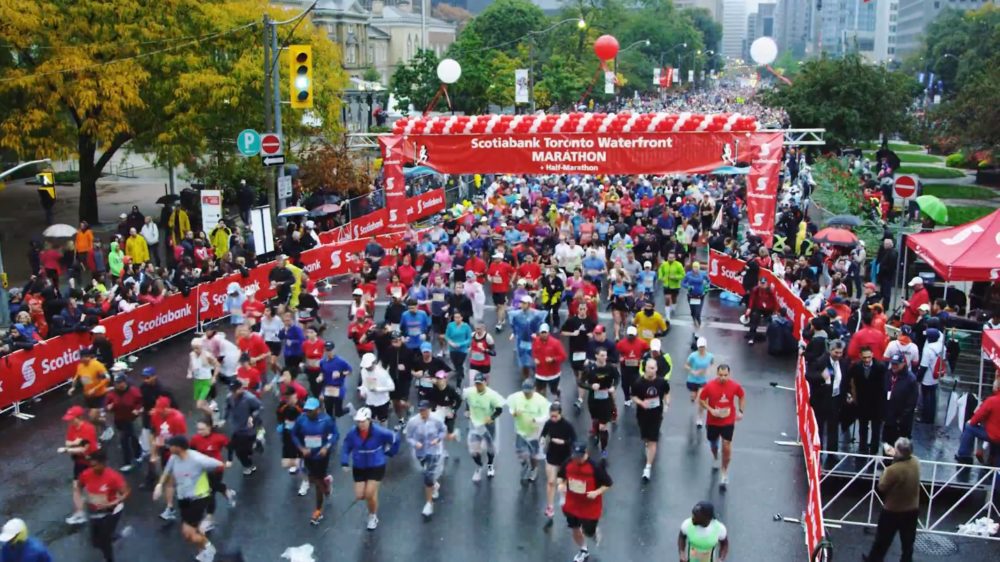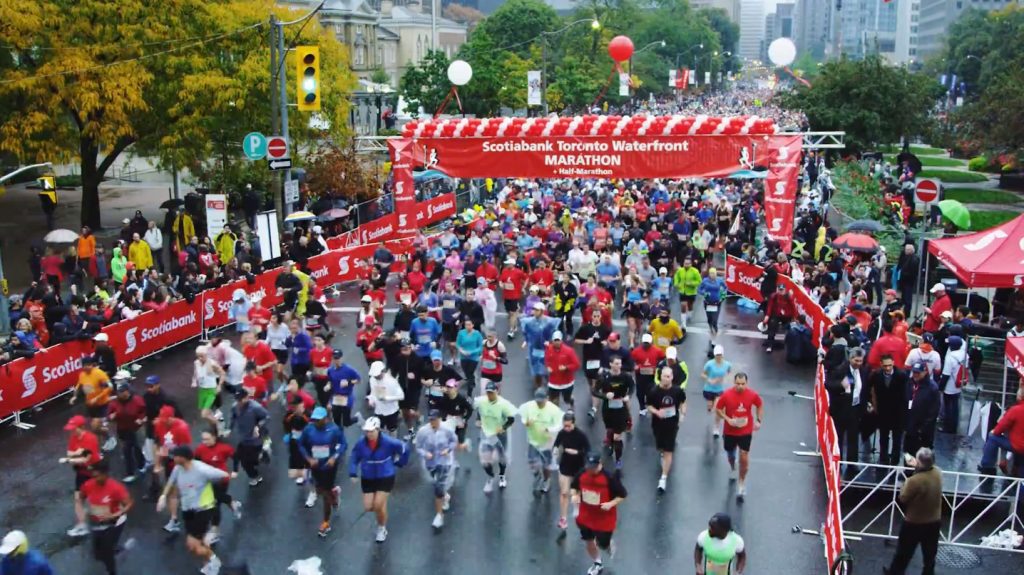Shorter races fueling running boom


Participation numbers in road running distances are booming, but some events in the United States are still dropping the marathon in lieu of shorter distances that sell more bib numbers and aren’t as difficult to get road closures for. There’s also a lot of new races popping up all over Canada, but rarely do we see the announcement of a new marathon. That’s likely because most of the boom in the running world is being fueled by the shorter distances.
Marathons can also be tough to convince a city to host. With lower participation numbers than the shorter events, it can be a hard sell to block off more roads for a longer period time to please less people. A marathon needs more space, more volunteers, more planning and more cooperation on the part of city staff to run smoothly than a half-marathon or 10K race that will likely attract more runners and economic activity.
But certainly not everyone feels this way.
Alan Brookes, race director for the Canada Running Series, still thinks keeping the marathon as part of his lineup is important.
“[We] remain passionately committed to the sport and the lifestyle of running. We are not just out to line our pockets, so we will continue to strive to offer great running experiences for all runners, over a variety of distances and on special, unique courses — the full menu,” said Brookes. “We continue to invest heavily in training and development for our 16 full-time, professional staff and thousands of volunteers, and in the latest technology and systems, swag and other goodies, because we are in it for the long run, and to put on great running experiences across the whole spectrum of distances.”
But Brookes’ flagship event, the Scotiabank Toronto Waterfront Marathon, has also seen huge growth between 2000 and 2013 in large part because of increased participation in the shorter distances. In 2000 the 5K saw 667 runners finish. In 2013 that number had increased nearly ten times to 6473. The half-marathon nearly quadrupled from 2741 to 10080. The marathon also saw huge growth, with about seven times more participants, but the actual number of finishers remains significantly lower, at 3605 in 2013.
Brookes recognizes that hosting an event the size of some of his Canada Running Series events doesn’t always make sense.
“On the other hand, city marathons are not cheap, and I think many people would subscribe to the belief that if you’re going to do something, you should do it well. It makes sense for some road race organizing groups that have small staffs and modest budgets, to do a top-quality 5K or 10K, rather than an under-staffed, under-funded marathon or half.”
So why host the marathon?
“People travel for them more than any other distance,” said Brookes. ” Shorter distances are much more local affairs. As an example, the Sun Run [in Vancouver] with 45,000 runners, 97 per cent from the Lower Mainland. Thus, I believe cities love the economic impact of marathons, if they are large-scale and done well.”


